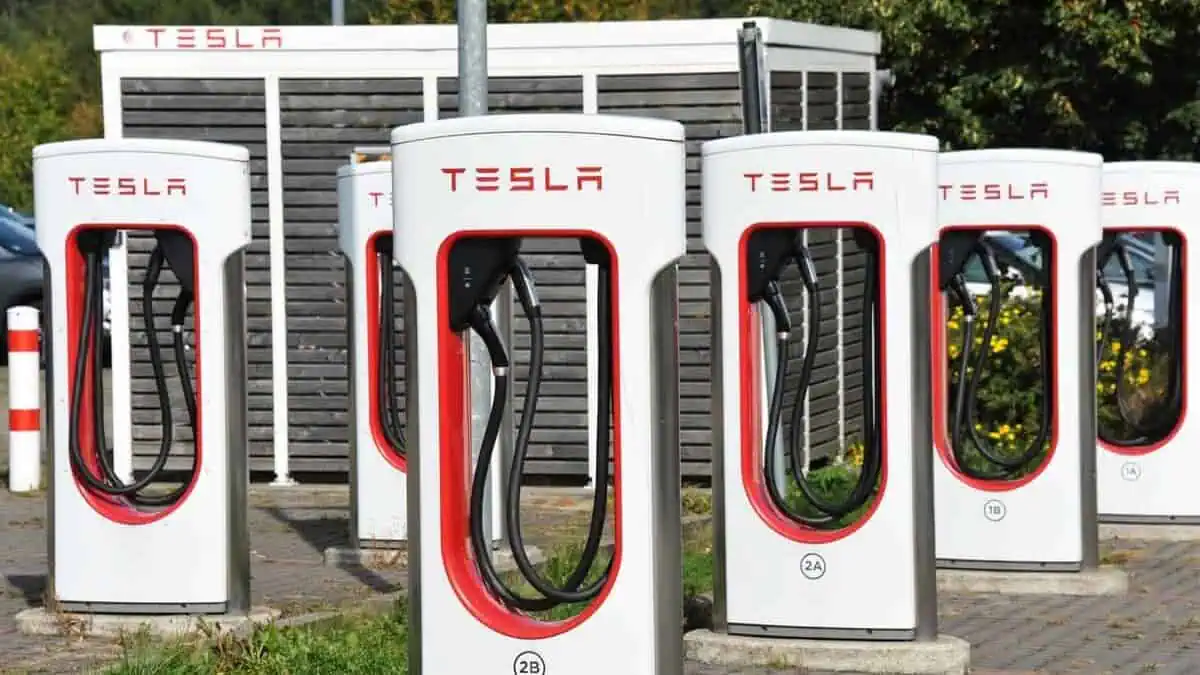South Korean automaker Hyundai announced the development of its own ultra-fast electric vehicle chargers with 350 kW capacity under its E-Pit network, KED Global reports.
The move is part of the company’s effort to compete with Tesla’s enormous and reliable Supercharging network in South Korea.
Hyundai’s E-Pit charging network
Hyundai initially introduced its charging brand, E-Pit, in 2021. Since then, the company has already deployed 36 of the 120 proposed E-Pit charging stations in the country.
Now, the newly developed 350 kW Blue Plug charger are set to accelerate the charging network’s expansion. Hyundai expects the ultra-fast charging technology to beat Tesla’s 250 kW Superchargers, CBT News noted.
Hyundai aims to accelerate the installations of its new ultra-fast chargers by this year, awaiting approval. Each E-Pit will have four to six 350 kW chargers. It can apparently charge EVs from 10% to 80% in just 18 minutes.
However, Hyundai’s dedication to offering a superior EV charging network is increasing costs. It also makes it harder for the company to get suppliers. According to the report, developing a standard 350 kW E-Pit charger cost more than $113,000.
Tesla Superchargers presence
Tesla’s Supercharger network is currently the leading charging infrastructure in customer satisfaction, as proven by JD Power’s latest study.
In contrast, other brands in the industry have been struggling with declining customer satisfaction this year due to power outages, long queues, and unreliability.
These automakers, including Ford, GM, Rivian, Volvo, Polestar, Mercedes-Benz, Nissan, Honda, and Acura, can use Tesla Superchargers as early as 2024 through an adapter. They will start integrating NACS ports into their next-gen EVs by 2024.
In contrast, Hyundai refuses to adopt the NACS. It aims to overthrow Tesla Superchargers with its new charging technology.
Competition
Hyundai’s E-Pit chargers can potentially snatch Tesla Supercharger customers once it prove successful in South Korea. It can also challenge Tesla’s efforts in standardizing the NACS in North America in the future.
Nonetheless, Hyundai will still struggle to actually beat the already-established Tesla Supercharger network, even in South Korea alone.
For context, Tesla currently has 106 active Supercharger stations compared to Hyundai’s 36 locations in the country.
Therefore, Hyundai must rapidly expand its charging network to catch up with the Musk-led company.
See Also:
- Major EV-makers unite to establish new nationwide charging network to beat Teslas Superchargers
- Electrify America commits to adding Tesla’s NACS connector to its charging network by 2025
- Tesla Supercharging network expands by 33% YoY in Q1 2023
- How China established the largest EV charging network in the world
- Tesla Supercharging network hits 2,000 sites in North America
As mentioned, Hyundai, along with its Kia and Genesis brands, are among the few that have not yet joined the growing NACS family.
Moreover, Hyundai was also among the seven established brands that teamed up to establish a powerful charging network in North America. They committed to deploy at least 30,000 EV chargers under the joint venture.





